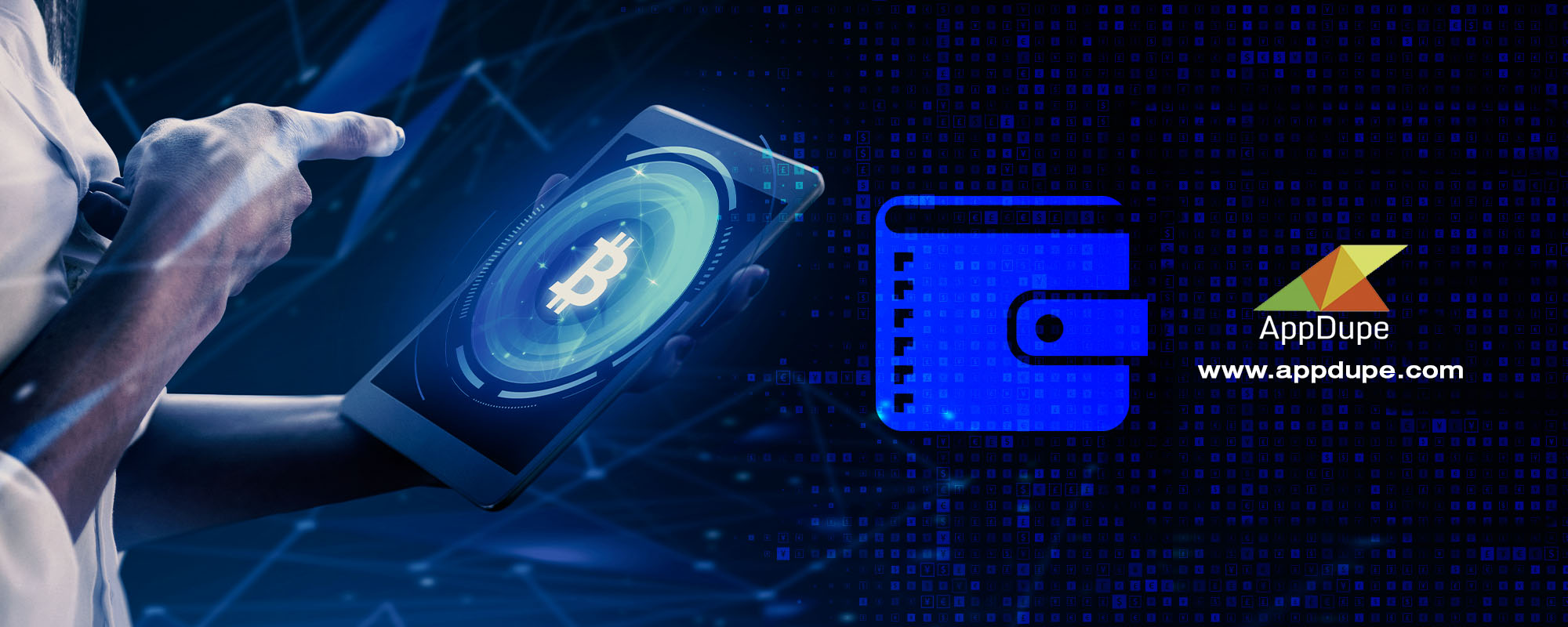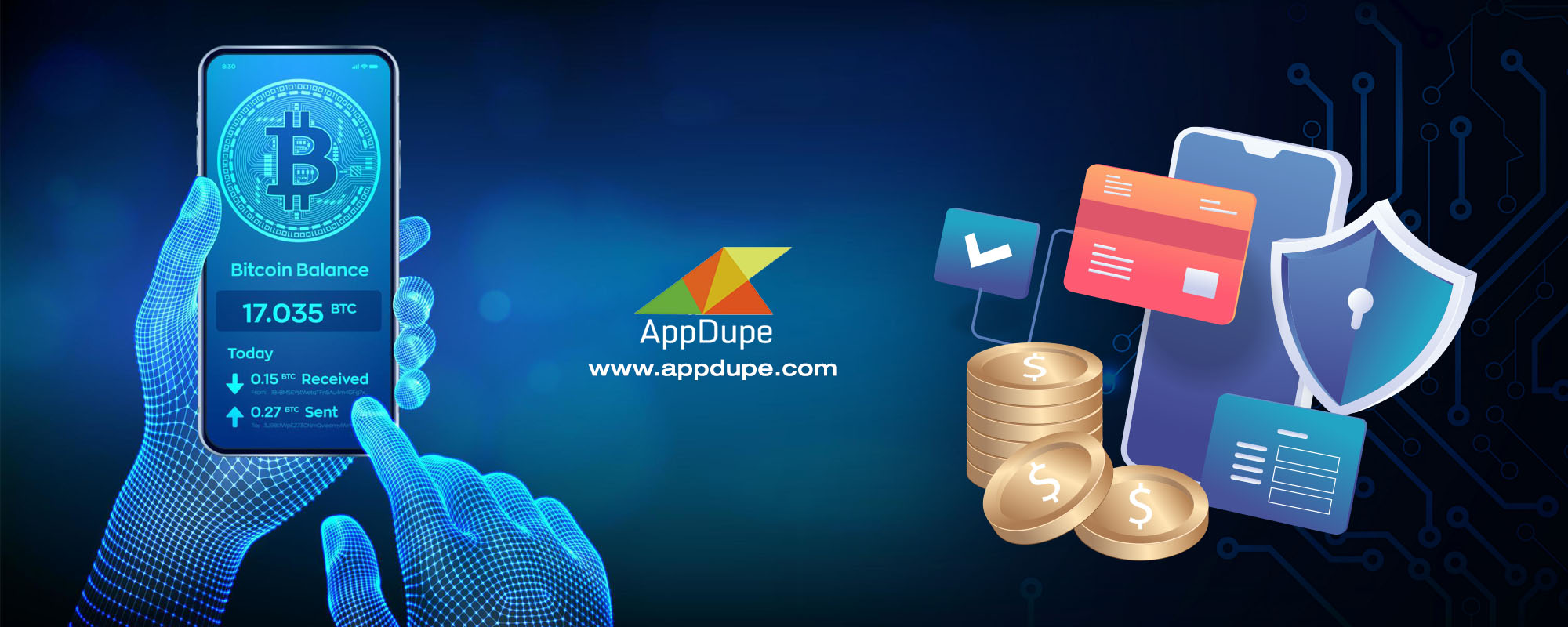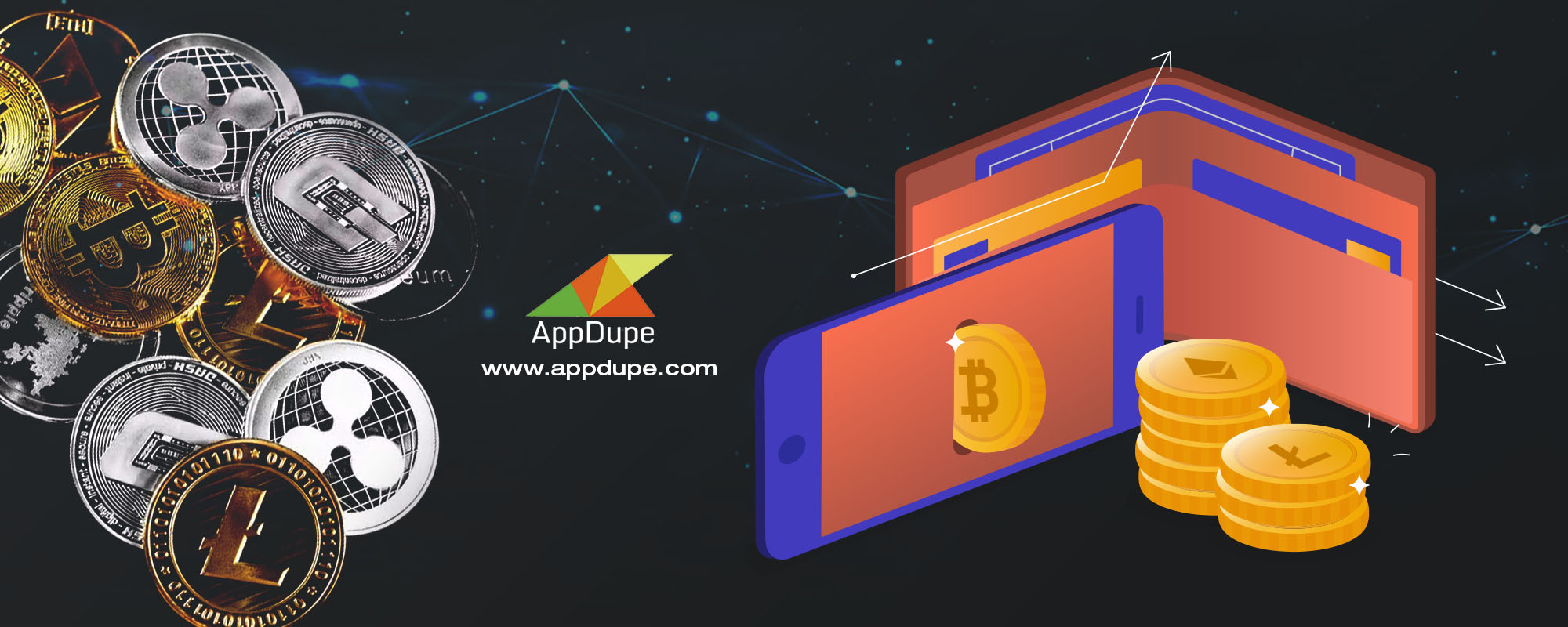Analyzing the difference between Non-Custodial Crypto Wallets and Custodial Crypto Wallets
Author Cryptocurrency Wallet Development, Custodial Crypto Wallet, Non-Custodial Crypto Wallet
The buzz about digital currencies is growing now. Likewise, people are putting more money on Bitcoin (BTC) and Ethereum (ETH). They also need to store their virtual assets safely. Generally, users can opt for Non-Custodial or Custodial crypto wallets. The level of control, the extent of privacy, device compatibility, and features are quite different. Let us analyze why it is apt for you to use our crypto wallet development services.
What is a Custodial Crypto Wallet?
Centralized authorities will control the funds of users on custodial crypto wallets. Thus, they have to deposit digital assets like cryptos, DeFi tokens, and stablecoins.
In case investors utilize a centralized crypto exchange, the platform is entirely responsible for protecting the virtual assets and shielding users from hackers and phishers. Likewise, crypto holders need to use private keys and secret passwords. Besides that, they can also access a variety of Decentralized Applications (DApps) and Decentralized Finance (DeFi) platforms.
Eventually, investors receive advantages like 24×7 monitoring of portfolios, multi-layer security measures, instant processing of transactions, quick swapping of tokens, and hassle-free access to liquidity pools.
What is a Non-Custodial Crypto Wallet?
It operates on a self-custodial mechanism. Thus, users have complete control over their funds along with personal and financial data. Generally, investors can use either hardware or software wallets for storing their funds.
They can select options like Ledger Nano S, Ledger Nano X, and Trezor One. Users can deposit their coins, tokens, cryptos, and stablecoins and store them offline. Non-custodial crypto wallets are also known as cold storage wallets.
Users can protect their funds by using PINs and passphrases. Besides that, they can also recover their crypto holdings if they lose their devices. Users must enter their 12 to 24 recovery seed phrases.
Investors can also access functionalities like a monochrome display, a personal dashboard for monitoring the inflow and outflow of funds, a password manager for backing up data, and a microSD card. They can also transfer funds by entering the recipient address and amount. Later, investors should pay the fee and press the send button.
Is there a good alternative to hardware wallets? Yes! Software wallets like Authereum, Bitski, Dapper, Coinbase Wallet, MetaMask Wallet, Trust Wallet, Portis, Fortmatic, OperaTouch, and Torus can also be utilized for depositing crypto assets.
Generally, these hot wallets are compatible with browsers as well as mobile apps. For instance, investors can download the MetaMask wallet on browsers like Google Chrome, Firefox, Brave, and Edge and also on their Android and iOS devices.
Moreover, crypto holders can swap their tokens easily. They can manage their portfolios efficiently by seeing data about changes in prices and market movement.
A MetaMask like software wallet collects details from numerous aggregators and market makers. Thus, all the quotes are analyzed and users can execute their market and limit orders after seeing the estimated gas fees.
Besides that, investors can safeguard themselves from market fluctuations. Generally, this occurs when rates change between the order placement and the confirmation time. Thus, users can protect their crypto assets from slippages.
A hot wallet similar to MetaMask spreads orders across different Decentralized Exchanges (DEXes). Hence, investors can set a percentage (minimum and maximum) before executing an order. Likewise, users can also find the best swapping opportunities. They can access Decentralized Finance (DeFi) platforms like Uniswap, Curve, 1Inch, Paraswap, Airswap etc.
Apart from the above-mentioned functions, software wallets are also providing other services. For example, MyEtherWallet (MEW) allows investors to purchase cryptocurrencies by using credit cards and digital wallets. Moreover, the non-custodial wallet supports several ERC-20 tokens.
The other features include access to Decentralized Applications (DApps), instant signing of messages, crypto lending and staking options, seamless interaction with Decentralized Applications (DApps), purchase products on e-commerce platforms, and quick registration of names on the Ethereum Name Service (ENS).
This is apt for institutional investors who wish to manage multiple accounts. They can store their private keys safely and monitor their portfolios 24x7x365. High-net-worth individuals (HNIs) can also set the gas fee and the gas limit manually. Subsequently, users can also click the convert button and exchange their cryptocurrencies with fiat currencies.
Use our cryptocurrency services and help investors manage their digital assets securely
What to choose between two crypto wallets? Custodial or Non-Custodial
Undoubtedly, security must be the utmost priority when investors utilize either hardware or software wallets. In events of hacking, phishing, and rug pulls, users need to incorporate several safety steps.
Dual Signature – Usage of multiple signatures while processing transactions and transferring funds will help in preventing unauthorized usage. Investors need to enter their private key along with a unique signature while initiating a payment.
In the long run, this prevents loss of digital assets especially in cases of irreversibility. Thus, a new address is created every time investors transfer digital assets from one account to another. Eventually, issues such as withdrawal of funds without the permission of users are avoided. This is useful when investors have multiple wallets.
While single-signature wallets have an associated seed phrase, hackers cannot access the account of investors. This is because users have keys to their hardware and software wallets.
Double-check the wallet addresses – Unquestionably, crypto payments are irreversible. Thus, users need to check the address of the recipient while sending and receiving payments. Investors must also be aware of malicious programs.
This harmful software steals the personal and financial information of investors. Thus, funds would be automatically transferred without their notice. Generally, users can shield themselves by transferring a small amount to a person. After a while, they can transfer the entire amount after verifying the destination address.
Utilize Universal to Factor (U2F) authentication – It is a good substitute for two-factor authentication (2FA). Generally, users must fill out the private key and enter a password while transferring funds. However, unauthorized parties may get to know their personal and financial data.
Trezor has come out with an U2F mechanism. This protects the rights of investors. Their private keys are kept confidential and there is no time limit for entering the secret code. This prevents reverse engineering problems. Subsequently, the private keys are stored offline and users can authenticate themselves through their device.
Wrapping Up
Importantly, the debate between custodial vs non-custodial crypto is increasing. Are you an entrepreneur looking to capture the trust of investors? Connect with us now and utilize our state-of-the-art cryptocurrency services.
Talk to our experienced developers now

Marketing is my soul mate and writing is my side kick. Using my writing skills to share the knowledge of app development and upcoming technologies.









